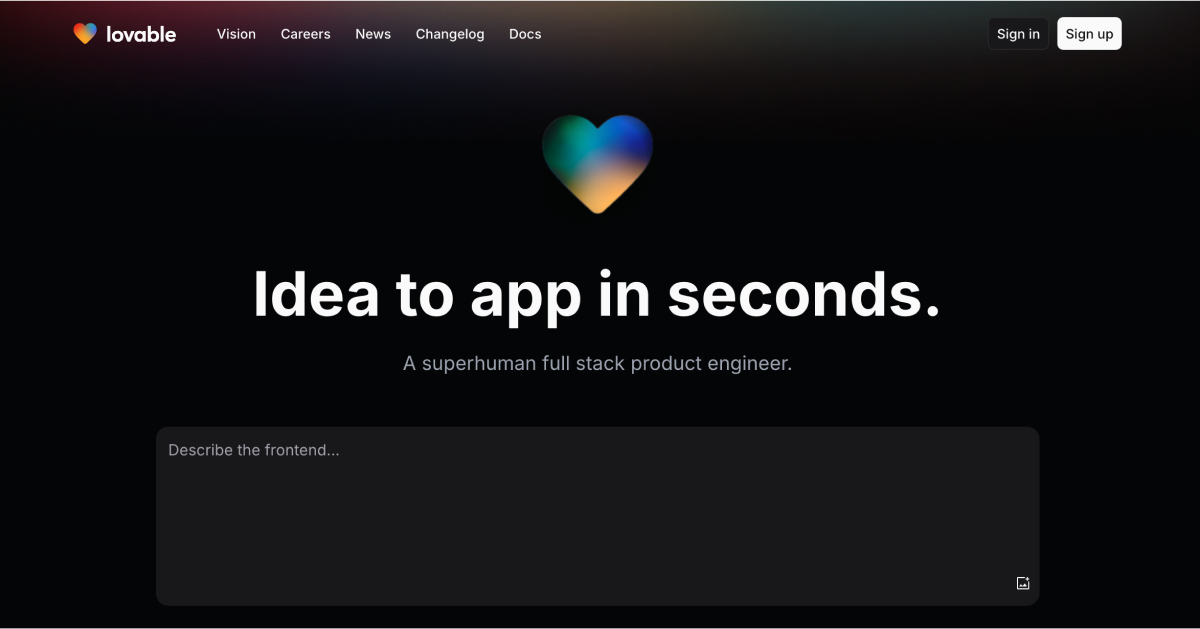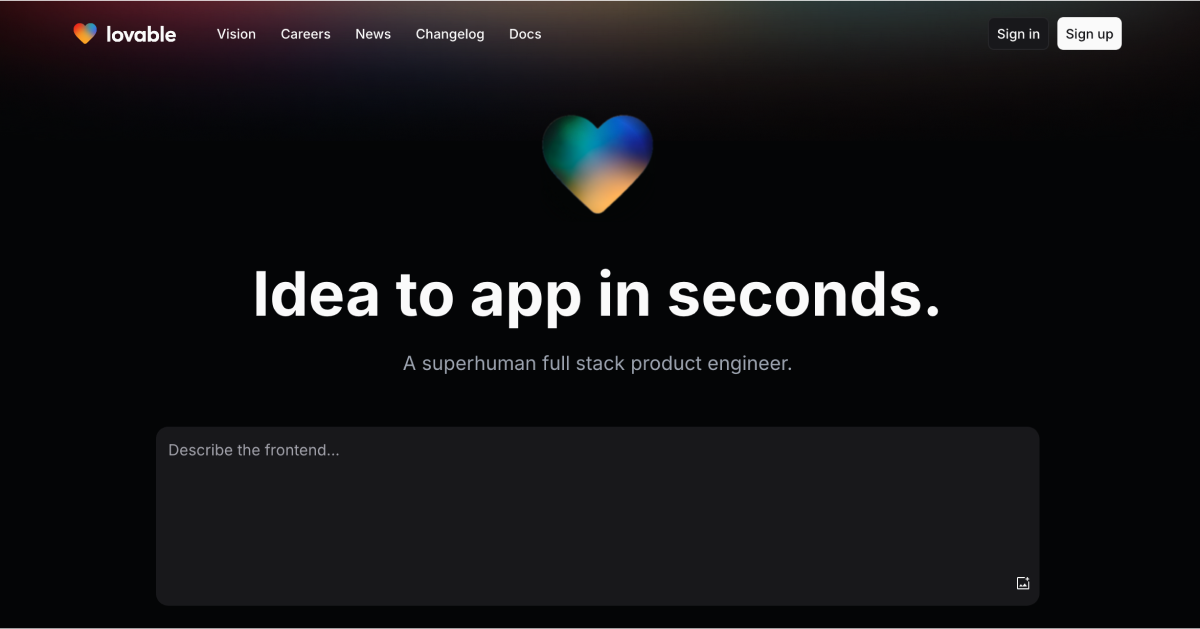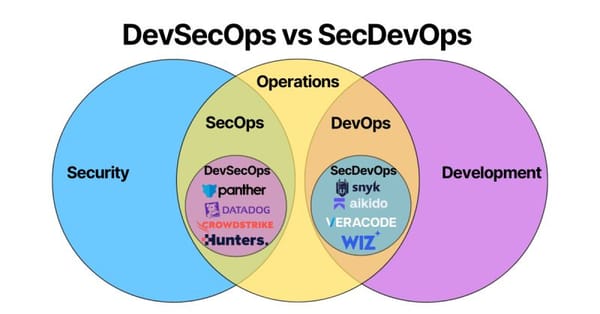Diving Deep: A Researcher's Guide to Navigating Vulnerability Disclosure Programs

As security researchers, we're driven by a curiosity to understand how systems work and, more importantly, where they fall short. While the allure of finding a critical flaw is always present, responsibly disclosing these vulnerabilities through a Vulnerability Disclosure Program (VDP) offers a structured and often legally safer way to contribute to the overall security ecosystem. Think of a VDP as an invitation – a digital "neighborhood watch" where our findings can help organizations patch weaknesses before malicious actors exploit them.
So, how do we, as researchers, approach these programs? Here's a look behind the scenes:
1. The Hunt Begins: Finding the Open Doors
The first step is identifying organizations that operate a VDP. This often involves some reconnaissance:
- Website Footers and Security Pages: Many organizations now prominently feature links to their security or vulnerability disclosure policies in their website's footer or on a dedicated security page. Look for phrases like "Vulnerability Disclosure Policy," "Security," or "Report a Vulnerability".
security.txtFiles: As mentioned in the sources, the presence of asecurity.txtfile at the root of a domain or in the.well-knowndirectory is becoming a standard way for organizations to indicate their security contact information and policy. This is often a quick win for finding reporting channels.- VDP Platforms: Platforms like HackerOne and Bugcrowd host numerous VDPs, making it easier to discover programs across different organizations and industries. While some of these platforms also host bug bounty programs (which offer monetary rewards), many solely facilitate VDPs.
- Public Announcements: Companies often announce the launch of their VDPs through blog posts, press releases, or social media. Keeping an eye on security news and announcements can reveal new opportunities.
https://cyberinsurancecalc.com/
2. Know the Lay of the Land: Understanding Scope and Policy
Once a potential VDP is identified, the next crucial step is to thoroughly review the program's policy. This document is our rulebook, outlining:
- Defined Scope: This is paramount. The policy clearly states which systems, products, and services are "in scope" for testing. It might specify particular websites, applications, or even hardware. Crucially, it also defines what is out of scope, meaning testing those areas could have legal repercussions. As researchers, we respect these boundaries. Some policies may start with a limited scope and expand over time.
- Permitted and Prohibited Actions: The policy will outline what types of testing are allowed (e.g., identifying software bugs, logical flaws) and what is strictly prohibited (e.g., Denial of Service attacks, social engineering against employees, accessing user data without authorization). Adhering to these guidelines is crucial for staying within the bounds of "good faith" research.
- Reporting Process: The policy details how and where to submit vulnerability reports. This might be a dedicated email address (like
[email protected]), a web submission form, or a specific platform. It might also specify desired information in the report. - Disclosure Guidelines: Modern VDPs often follow the principles of Coordinated Vulnerability Disclosure (CVD). The policy will likely request that researchers refrain from public disclosure for a specified period (often 90 days) to allow the vendor time to develop and deploy a patch. The policy may also outline how the organization will handle public disclosure and whether they will acknowledge the researcher's contribution.
- Safe Harbor/Authorization: A key element of a good VDP is a safe harbor statement. This indicates that the organization will not pursue legal action against researchers who make a good-faith effort to comply with the policy during their research. However, it's vital to understand the specifics of this authorization and ensure all activities align with the policy.
3. Gearing Up: Tools and Mindset
With a clear understanding of the VDP's rules, we prepare for the technical aspects of vulnerability discovery. The tools we use are often the same ones employed in offensive security testing, but the context here is responsible disclosure:
- Passive Reconnaissance: Gathering information about the target without direct interaction (e.g., OSINT techniques, analyzing website headers, examining public records).
- Active Scanning (within scope and policy): Tools for identifying open ports, services, and potential entry points. This needs to be carefully controlled to avoid violating the VDP's terms.
- Web Application Security Scanners: Automated tools to identify common web vulnerabilities (e.g., OWASP ZAP, Burp Suite). These are valuable for initial assessments but often require manual verification.
- Manual Testing: The most critical aspect. This involves in-depth analysis of the application's logic, functionality, and code (where accessible) to uncover less obvious vulnerabilities. This might involve techniques like:
- Fuzzing: Providing unexpected or malformed inputs to identify crashes or unexpected behavior.
- Code Review (if applicable): Examining source code for potential flaws.
- Logic Analysis: Understanding the application's workflow and identifying potential abuse cases.
- Vulnerability Analysis Frameworks: Utilizing resources like CVE, CVSS, and CWE to understand and categorize identified vulnerabilities.

The mindset is equally important. We approach VDPs with the intent to help secure the organization, not to disrupt their operations or exfiltrate data. Good faith is paramount.
4. The Discovery Process: Uncovering Weaknesses
The specific methodologies employed for vulnerability discovery vary greatly depending on the target and the researcher's skills. However, some common approaches include:
- Following the Application Flow: Interacting with the application as a regular user to understand its functionalities and identify potential areas for manipulation.
- Examining Input and Output: Analyzing how the application handles user-supplied data to look for injection flaws or other input validation issues.
- Looking for Authentication and Authorization Weaknesses: Testing the mechanisms that control access to different parts of the application.
- Analyzing Third-Party Components: Identifying and researching vulnerabilities in libraries or frameworks used by the target.
It's crucial to document the steps taken to discover the vulnerability and to gather sufficient information to reproduce it. This will be essential for the reporting phase.
5. The Report: Clear, Concise, and Actionable
A well-written vulnerability report is key to a successful disclosure. It should provide the organization with all the necessary information to understand, reproduce, and ultimately fix the issue. Essential elements of a good report include:
- Clear Title: A concise summary of the vulnerability.
- Vulnerability Description: A detailed explanation of the flaw.
- Affected Software/Product and Version(s): Precisely identify what is impacted.
- Steps to Reproduce (Proof of Concept - PoC): Provide clear, step-by-step instructions on how to trigger the vulnerability. This might include specific requests, inputs, or actions. Code snippets or screenshots can be incredibly helpful.
- Potential Impact: Explain the security implications if the vulnerability were to be exploited by a malicious actor. What could an attacker gain? What would be the consequences for the organization and its users?
- Suggested Remediation (Optional but Helpful): If the researcher has insights into how the vulnerability could be fixed, including this can expedite the process.
- Reporter Information (Optional): While anonymity is often permitted, providing contact information can facilitate communication and allow the organization to ask clarifying questions or acknowledge the researcher. PGP encryption for sensitive reports is often encouraged if the organization provides a public key.
- Disclosure Plans (if any): If the researcher has any planned disclosure timelines (e.g., related to a conference presentation), this should be communicated upfront.
6. The Waiting Game and Collaboration: Communication is Key
After submitting a report, the researcher enters a phase of waiting for the organization's response. A good VDP will typically outline an expected timeline for acknowledging the report.
- Acknowledgement: Receiving confirmation that the report has been received is a positive sign.
- Triaging and Assessment: The organization's security team will triage the report to assess its validity and severity. This process takes time.
- Communication: Updates on the progress of the investigation and remediation efforts are highly valued. Even if a fix isn't immediately available, keeping the researcher informed builds trust and demonstrates good faith on the vendor's part.
- Clarification: Be prepared to provide further details or clarification if the security team has questions about the report.
7. The Resolution and Recognition: Closing the Loop
The ultimate goal of a VDP is to get vulnerabilities fixed. Once a patch or mitigation is available, the organization should ideally communicate this to the researcher.
- Coordinated Disclosure: Following the agreed-upon disclosure policy, the vulnerability and its fix may be publicly disclosed. This often involves the vendor releasing a security advisory or including information in release notes.
- Acknowledgement: Many organizations publicly acknowledge researchers who responsibly disclose vulnerabilities, often through a "hall of fame" or within the security advisory itself. This provides valuable recognition for the researcher's efforts.
- CVE Assignment: For significant vulnerabilities, the organization may coordinate with the researcher to assign a Common Vulnerabilities and Exposures (CVE) identifier. This helps track and reference the vulnerability across the security community.
8. Staying Ethical and Legal: The Researcher's Responsibility
Engaging with VDPs comes with ethical and legal responsibilities for the researcher:
- Adhere Strictly to the Policy: Never deviate from the defined scope and permitted actions.
- Avoid Data Exfiltration or Disruption: The goal is to identify vulnerabilities, not to exploit them for personal gain or cause harm.
- Respect Disclosure Timelines: Refrain from public disclosure before the agreed-upon timeframe to give the vendor time to fix the issue and prevent potential exploitation.
- Act in Good Faith: Your intentions should be to improve security. Malicious intent or attempts to extort organizations are unethical and illegal.

Red Team Tools (Researcher Perspective)
These tools aid researchers in finding and validating vulnerabilities before submitting reports:
Reconnaissance & Enumeration
- Shodan: Infrastructure discovery and reconnaissance of publicly exposed services.
- Censys: Scan internet-facing assets for detailed infrastructure data.
- Assetfinder / Amass: Domain enumeration and subdomain discovery.
- Nmap / Masscan: Network scanning and service detection.
- Wappalyzer / BuiltWith: Technology stack identification and fingerprinting.
- Burp Suite Pro: Web reconnaissance, spidering, crawling, and passive scanning.
Vulnerability Scanners
- Burp Suite Professional: Web application scanner for vulnerabilities (XSS, SQLi, etc.).
- OWASP ZAP: Automated web security scanner.
- Nikto: Server-level vulnerability scanning.
- Nuclei: Template-based vulnerability scanning.
- WPScan: Specialized WordPress vulnerability detection.
- Arachni: Open-source web vulnerability scanner.
Application Security Testing
- Burp Suite: Manual penetration testing and exploitation validation.
- Metasploit Framework: Exploitation and post-exploitation validation.
- Sqlmap: Automated SQL Injection testing and exploitation.
- XSSer: Cross-site scripting (XSS) scanning and validation.
- BeEF: Browser exploitation framework for client-side testing.
Cloud and API Security Testing
- Pacu: AWS security assessment and exploitation framework.
- ScoutSuite / CloudSploit: Cloud infrastructure vulnerability assessment.
- Postman: API testing for security vulnerabilities and misconfigurations.
Container Security Tools
- Trivy: Container and Dockerfile vulnerability scanner.
- Anchore: Container vulnerability assessment.
Fuzzing and Exploitation
- FFUF: Web fuzzing to identify hidden endpoints and injection points.
- Radamsa: General-purpose fuzzing tool to test application robustness.
- AFL (American Fuzzy Lop): Advanced fuzzing for binary executables.

In Conclusion:
Vulnerability Disclosure Programs provide a crucial framework for collaboration between security researchers and organizations. By understanding the process, adhering to policies, and maintaining ethical conduct, researchers can play a vital role in strengthening the security posture of the digital landscape. It's about leveraging our skills for the greater good, contributing to a safer online environment, one disclosed vulnerability at a time.








